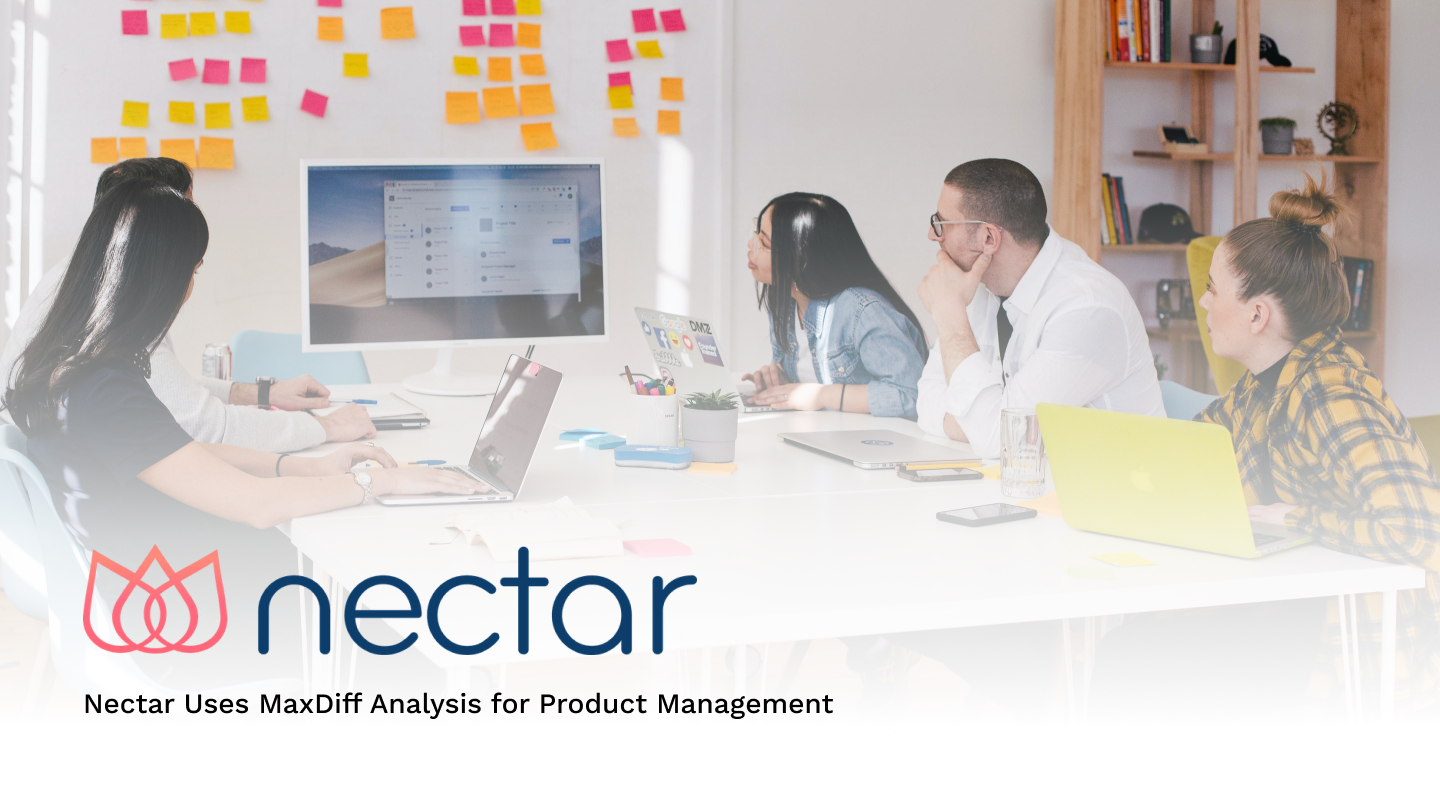 The Challenge of Product Management
The Challenge of Product Management
I've often been told that product management can be one of the worst positions to be in (I think otherwise!) because the Product Manager is in constant coordination with every other role.
The product manager is constantly getting pinged from Sales (to get more features built), Customer Success/Support (to fix bugs and other issues), Marketing (to implement more tracking, metrics, etc.), and Finance (to implement features that can cut costs and increase revenue).
Each department has things that are "the most important thing" for the business. So how can you align everyone around priorities?
The first thing we do at Nectar is we have yearly business goals. Most of these goals are common across all business organizations such as 'increase revenue by X%' or 'reduce customer acquisition cost by Y%.' However, there are some goals that are specific to us, such as 'increase monthly active users by X% for companies that have been launched 3+ months.'
These yearly goals are our guiding North Stars throughout the year. When it comes to which things get priority we always try to align it with the outcomes that will help us reach those goals. But even with the North Star goals, everyone has an opinion. Enter MaxDiff, an excellent survey-based method for prioritizing items (goals, product features, brand preference, etc.).
MaxDiff Surveys: How They Work and How I Use Them
Every few months I create a MaxDiff (best-worst) survey using Sawtooth Software’s Discover platform and list the high-level priorities for the product. A MaxDiff survey will carefully take four items at a time from my list of 12 total items and ask the respondent which of these (4) items is most and least important. Critically, respondents cannot say all items are “important” and that’s why MaxDiff works better than standard rating scales. Respondents see multiple sets of four items, until all items in my list are covered multiple times. The software examines the answers across respondents and assigns each item a metric preference/importance score.
With the survey created, I send it out to the executive team and the directors of the various departments to have them specify what is most important and least important at this point in time while at the same time measuring each item's ability to move the needle on our company goals.
With the survey built and complete, I then send it out to the development team to get their input on the priorities.
MaxDiff Output Scores—A Better Metric
As you can tell from the MaxDiff analysis chart above, there was some overlap but the development team and senior management had very different ideas about what was most important at this point in time.
Take item 4 for example: Senior management’s MaxDiff score prioritizes it as the number 2 item, whereas the development team shows it as their second to last. MaxDiff scores are metric, so it’s more than just a simple ranking (see How Good Is Best-Worst Scaling).
That's where the Product Manager steps in. Being a part of both worlds gives me a unique perspective to not only see where management and development are thinking but also I understand the view of the customer.
With both of their (separate) MaxDiff analysis results, the executive team and I are able to have a great discussion about the priorities with the bias taken out of the conversation almost immediately because everyone has already given their input and the results are on the screen.
While the MaxDiff analysis results don't dictate the future of the roadmap, they provide a great foundation and idea of what it could be. Because contributors cannot just say ‘everything is important’, the MaxDiff interview makes it easier for people to make difficult judgements.
After my discussion with the executives and senior management, I come away with enough data that I can synthesize with all of the other inputs to create a roadmap that is 90% finalized and everyone feels heard and validated.
—
Nate is the Head of Product at Nectar. Nectar is an employee rewards and recognition platform that strives to create a more human work experience where people feel trusted, empowered and appreciated.

